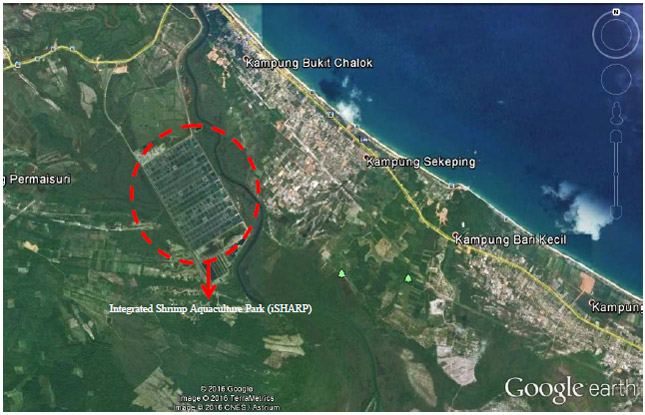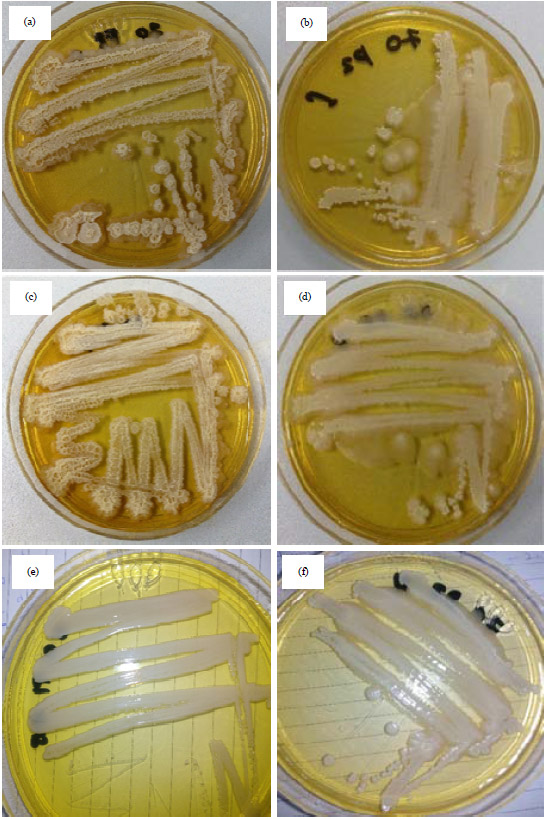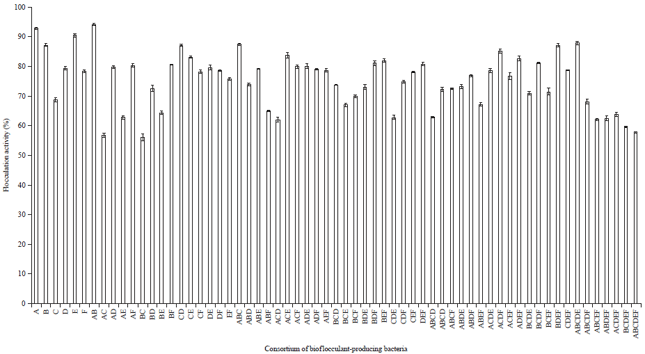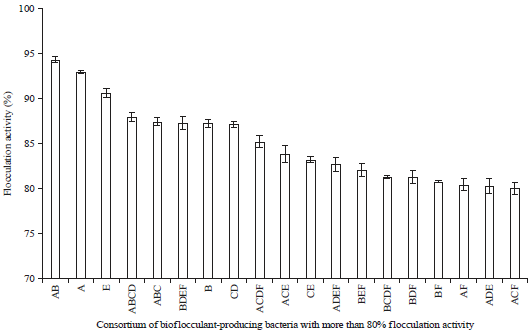Research Article
Consortium of Bioflocculant-Producing Bacteria as Inoculum on Flocculation Process for Sustainable Production of Pacific Whiteleg Shrimp, Penaeus vannamei
Institute of Tropical Aquaculture, Universiti Malaysia Terengganu, 21030 Kuala Terengganu, Terengganu, Malaysia
Nor Aini Huda Mohammad
Institute of Tropical Aquaculture, Universiti Malaysia Terengganu, 21030 Kuala Terengganu, Terengganu, Malaysia
Mhd Ikhwanuddin
Institute of Tropical Aquaculture, Universiti Malaysia Terengganu, 21030 Kuala Terengganu, Terengganu, Malaysia
LiveDNA: 60.4241
Noraznawati Ismail
Institute of Marine Biotechnology, Universiti Malaysia Terengganu, 21030 Kuala Terengganu, Terengganu, Malaysia
Zaharah Ibrahim
Department of Biological Science, Faculty of Bioscience and Bioengineering, Universiti Teknologi Malaysia, 81300 Skudai, Johor, Malaysia
Nor Azman Kasan
Institute of Tropical Aquaculture, Universiti Malaysia Terengganu, 21030 Kuala Terengganu, Terengganu, Malaysia
LiveDNA: 60.9277












